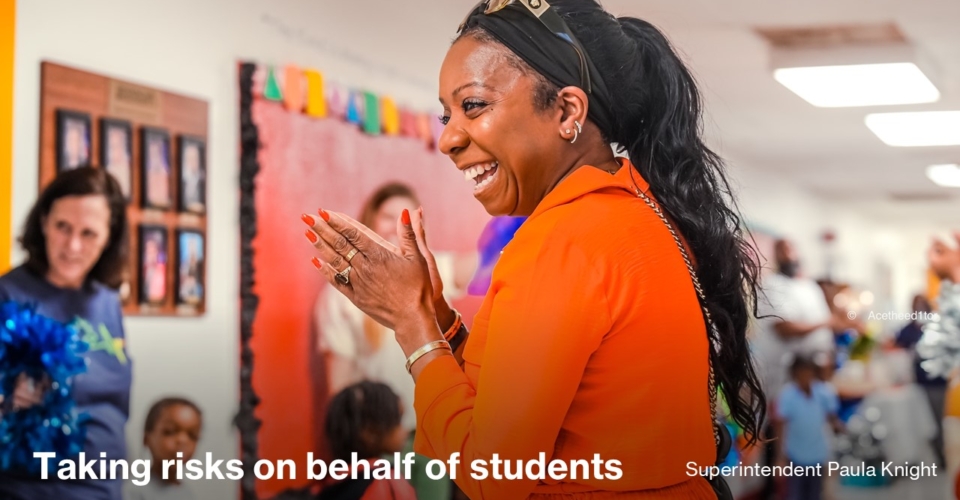Superintendent Paula Knight was way ahead of the curve on a big issue: cellphones in schools.
The Jennings School District was the first in the St. Louis area to require students to lock their phones in Yondr pouches throughout the school day. “That has definitely made an impact on daily instruction,” Knight tells District Administration. “It has made an impact on attendance.”
When Knight introduced the pouches four years ago, some of her colleagues questioned whether it was wise to do so during her first year as superintendent in Jennings. “Being a superintendent, part of our job is risk-taking and taking a risk on behalf of the students,” Jennings notes.
More from DA: ‘Best form of leadership’ is inspiring new leaders
Knight has since welcomed visits from leaders of other districts interested in learning how Jennings implemented the cell phone restrictions. She started with a pilot program involving students willing to use the pouches.
The students’ testimonials helped propel the full rollout, which Knight promoted as a key step in keeping Jennings’ students safe, she adds. “Safety is No. 1,” she notes. “Now we are in a space where families will stop me and say, ‘Dr. Knight, I’m just making sure that these cellphone pouches aren’t going away.’ Kids have done the same.'”
Pre-K piano lessons
Pre-K piano lessons are one example of where Knight’s priorities lie. Her background is in early childhood education and she has accelerated kindergarten readiness by expanding Jennings’ preschool program from four classrooms to 14.
Pairing children with certified teachers early reduces the chances students will need math and reading interventions later in their K12 lives. “That’s the benchmark for success of any district,” she contends.
While she hopes to build a pre-K center, she has grown her programs by reorganizing staff and space in her schools. She believes her pre-K may be among the only programs to offer piano lessons to three- and four-year-olds as part of the regular instructional day.
At another level, middle school, she is using funds from a recent voter-approved bond to add more electives in junior high.
“Kids are involved at the elementary level, highly engaged, and then at the high school level, too,” she notes. “But then you have that middle group where keeping them engaged sometimes can be difficult. We’re looking at those exploratory classes where kids get excited again about junior high.”



